The latest data published by the Central Bank of Iran show that Iran’s point-to-point inflation in November reached 39.9%, the highest level in the past five years.
However, point-to-point inflation increased at a slower rate, consistent with the appreciation of the rial in November.
This development shows that sanctions have worked against Iran's economy, but also indicates that they fall short of exerting maximum economic pressure in the manner envisioned by the White House, reads an article published by Washington-based think tank The Foundation for Defense of Democracies. Excerpts follow:
A country’s point-to-point inflation rate measures change in the Consumer Price Index for a particular month in comparison with the same month of the previous year. November’s 39.9% rate, a three-point increase from October, is less than the 5.5% increase from September to October and the 7.2% increase from August to September.
Despite this deceleration, Iran’s average yearly inflation rate, which measures change in CPI between one 12-month period and the previous 12-month period, increased to 18.4% in November, compared to 15.9% in October and 13.5% in September. The CPI was 153.6 in November, compared to 150.1 in October, 145.6 in September and 140.1 in August.
Donya-e-Eqtesad, Iran’s leading economic newspaper, forecast that the yearly inflation rate would reach 30% in the 2018-19 fiscal year.
If the forecasts hold true, the 2018-19 inflation rate would mirror the inflation rate of the 2012-13 period, at the height of the previous US administration’s crippling economic sanctions campaign.
At present, as in the 2012-14 period, the inflation rate for top-income deciles in recent months was higher than the inflation rate for low-income deciles.
The decreased point-to-point inflation rate is consistent with the appreciation of the rial in October and November. From early September to late September, the dollar exchange rate increased from 112,000 rials to 190,000 rials. By the end of October, though, the exchange rate was in the 140,000-150,000 range. In November, the rial appreciated even more, reaching an exchange rate of 120,000 rials per dollar.
Former president, Barack Obama, was able to impose high inflation on Tehran for two consecutive years. But if the present deceleration of the point-to-point inflation rate continues, the average yearly inflation will likely decrease in the 2019-20 fiscal year. This may be a sign that the sanctions US President Donald Trump imposed this year, especially the sanctions on Iran’s energy sector, fell short of the expectation.
Inflation is a key measure of the impact of US sanctions on Iran, as important as the GDP growth rate, exchange rate and unemployment rate. Inflation affects how the majority of Iranians perceive the effects of Tehran’s policies on their daily life, from grocery shopping to transportation.
Trump’s maximum pressure strategy hinges on cutting the inflow of hard currency into Iran from oil exports, significantly decreasing Iran’s GDP by limiting non-oil trade and forcing Tehran to spend its currency reserves at a fast pace.
Key indicators such as projected GDP growth and inflation testify to the impact of US sanctions up to this point. Yet the decelerating rate of inflation and appreciation of the rial may be a sign that the markets doubt whether US pressure will be forceful enough in the coming months.




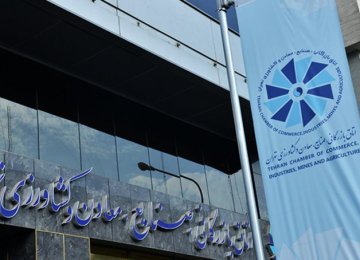
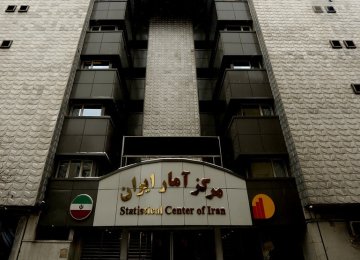
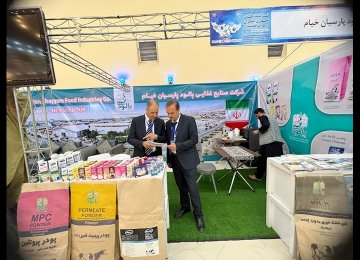
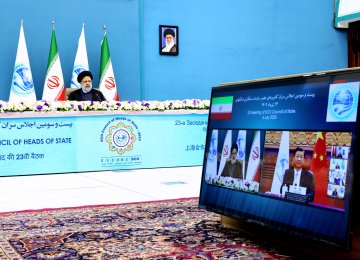
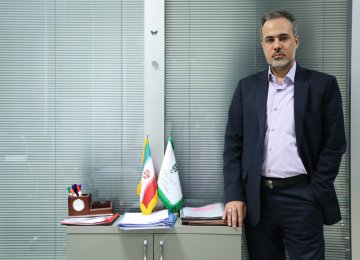
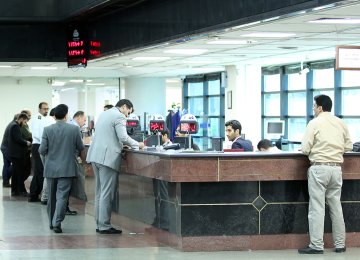
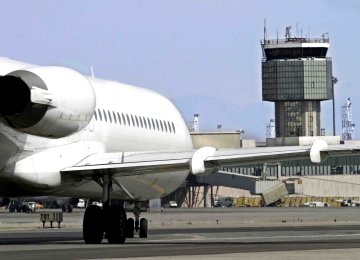


Add new comment
Read our comment policy before posting your viewpoints